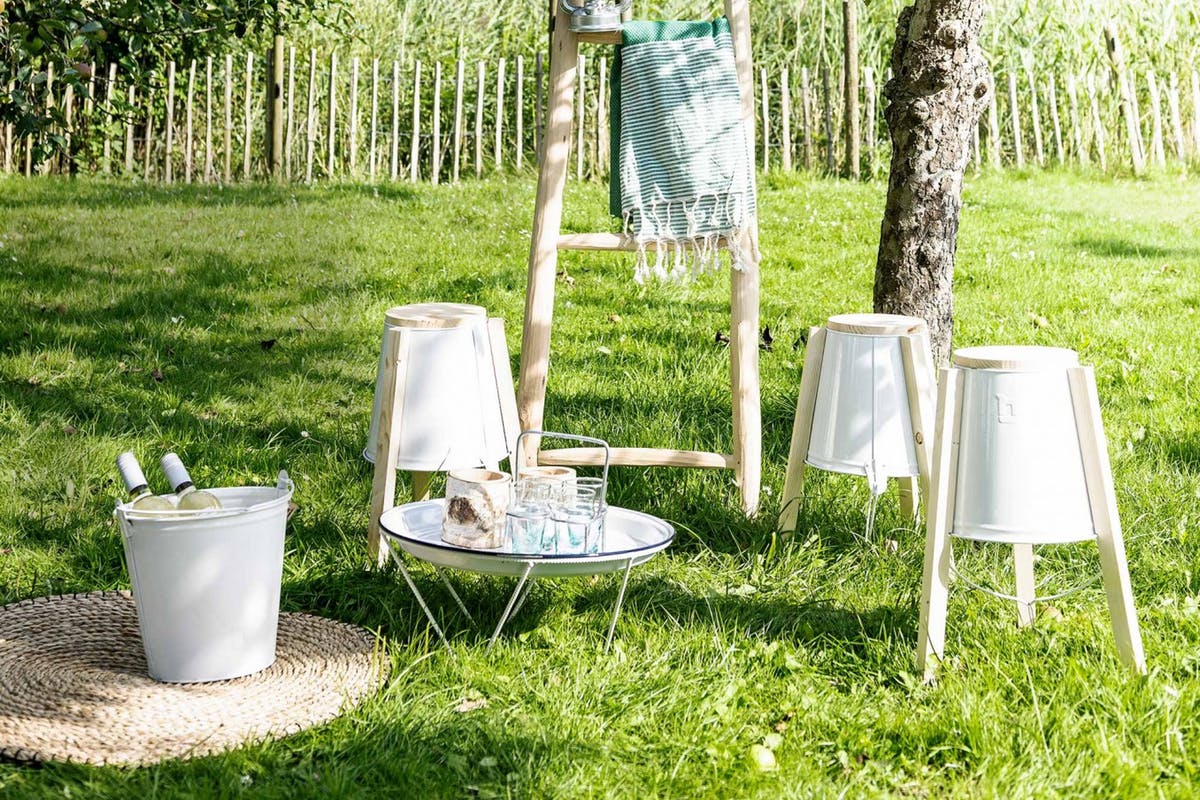Stinkhorn: description and photo
The stinkhorn is a mushroom that can be found everywhere and is characterized by an unpleasant smell. It is not suitable for consumption, but is very popular with experienced mushroom pickers. This is due to the healing properties of the culture.
Where does the stinkhorn grow?
The stinkhorn, also known as Mutinus Raveleyna, prefers fertile, moist soil. Therefore, you can find them not only in deciduous forests, but also in urban bushes, overgrown gardens, and in places with rotting wood. The greatest yield can be collected right after a warm rain.
In recent years, the stinkhorn, which was once a rarity, can also be found in garden plots, in well-kept flower gardens under lilac bushes and in city parks. That is why many landowners are even thinking about how to get rid of this fungus, which at that time did not allow even growers to propagate.
What do chanterelles look like?
The formation of the fruiting body goes through several stages:
- When young, the fungus looks like an ordinary egg with a leathery, smooth surface and white color. The width of the egg is about 2 cm, and the height is no more than 4 cm.
- Then the mushroom body begins to grow out of the egg and the egg “bursts” in two. A hollow stem emerges from the gap, the thickness of which is no more than 1 cm, and the length of which is about 8 cm. The stem is pink with a red raspberry dome shape at the top.
- During maturation, a coating of spore-forming mucus develops on this tip, which has a rather unpleasant appearance (diffuse brown liquid with an olive-green tint) and a foul smell. When the mushroom has reached a height of 15 cm, it stops growing.
- When the chanterelle is fully ripe, it turns dark brown or gray and falls off without staying on the stalk.
Important! The fungus attracts various insects with its specific smell, including flies, which spread the spores of the chanterelle.
Can smelly boletus be eaten?
The stinking boletus is an inedible, poisonous mushroom. It is used only for the manufacture of medicines, in strict compliance with the prescribed recipe.
It is also worth noting that the poisonous substances of this fungus remain on the surfaces with which it has come into contact. That is why it is forbidden to collect him and edible mushrooms in one basket. Also, after working with smelly boletes, one should thoroughly wash hands, wash clothes, and treat used inventory.
Important! Some reports indicate that being in places with a large number of this type of mushrooms, a person may experience nausea, dizziness, headaches, abdominal cramps and other ailments resembling the symptoms of mild intoxication.
Similar species
The stinkhorn also has look-alikes that share a similar unpleasant odor and some physical similarities.
- Rainbow mushroom. The stinkhorn is mainly confused with rainbow mushrooms, which are different in appearance but also have an unpleasant odor.
- Dog mushroom or Mutinus caninus. It differs in color (the color of the fruiting body can be whitish or dirty orange, and the pointed tip is colored orange) and the color of the spore body that forms during the mushroom’s maturation (it is olive green and very sticky).
Important! The dog stinkhorn can grow in close proximity to the stinky carrot, so it’s important to pay close attention to the differences in appearance between specimens when collecting the harvest.
The Stinking Mushroom, or Mutinus elegans. It is also called devil’s finger or dog stink. Each of these popular names describes the appearance of the mushroom very precisely and refers to its special smell. The stinky mushroom also grows in fertile soil and prefers moisture and warmth.
Attention! Consumption of this species is strictly prohibited.
Application of stinkhorns in medicine
Stinkhorns have long been considered medicinal. They were used as ingredients for infusions and decoctions, and were consumed both fresh and dried. There are several medical applications (proven by laboratory tests) in which the product is used. These include:
- Problems with the digestive system. Stinkhorns can be taken for gastritis, ulcers, and colitis. They can heal wounds in the intestines and stomach, deal with toxins, and improve peristalsis.
- Disorders of the musculoskeletal system. People suffering from gout, age-related changes in the joints, osteoarthritis and arthritis undergo stinkhorn treatment.
- You have already submitted a text box design on the day of purchase.
- Please note that the final execution of the engraving will be reviewed and decided by the watch workshop.
- If your submitted requirements are met, we will process and ship your order.
- Urinary system. This variant has proven itself in relation to the treatment of all diseases associated with the urinary system. It is used to treat female bacterial infections, cystitis and prostatitis, pelvic inflammatory disease and to restore erection.
- Since ancient times, the stinky parasol mushroom has also been used as an aphrodisiac, but there has been no convincing evidence of this. Only recently scientists were able to discover substances in its composition that show similarities with male sex hormones. Therefore, the version about the effects of the mushroom on male potency is now a proven fact.
- Oncology. Despite the lack of official confirmation that stinkhorn contains substances that can fight metastases, scientists do not deny the fact that this mushroom can strengthen the body and help it fight cancer. Recent studies by Russian scientists have shown that in its early developmental stage (egg) the fungus contains polysaccharides that produce perforin. This substance can recognize cancer cells and stop them from growing. In the early stages of oncology, the use of Perforin can prolong the lifespan of cancer patients and potentially lead to their complete cure.
Attention! When using Stinky Funnels internally, one must be extremely careful and follow the dosages given in the recipes. Otherwise, the drug can become a deadly source of poison.
Conclusion
The stinking funnel is a useful but inedible mushroom. It must only be used for medical purposes and with special caution. Even poisonous mushrooms should only be collected far from roads and industrial facilities.













